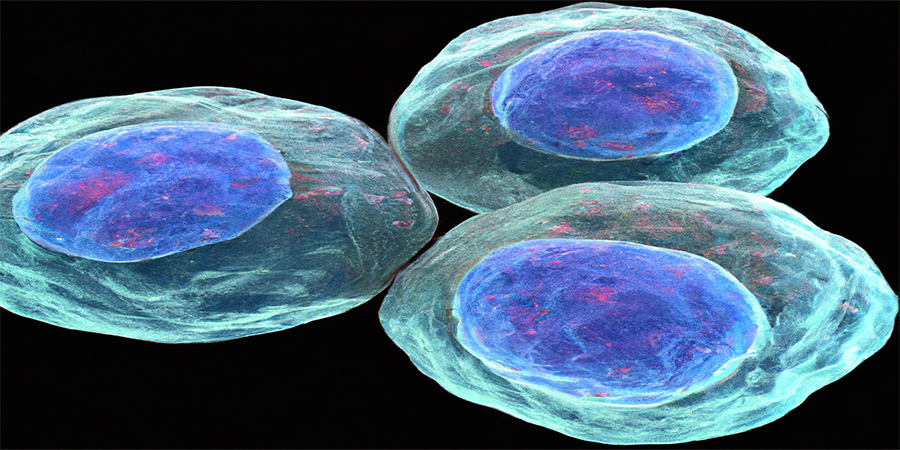There are a variety of fluorochromes broadly used in flow cytometry. It is critical to choose the right ones for your flow cytometry assays. To facilitate your fluorochrome selection, we here outline a few key considerations for your reference.
1. Antigen abundancy
(1) Highly expressed antigens can choose almost any fluorochrome
(2) Low-level expressed antigens require fluorochromes that offer a high signal-to-noise (S/N) ratio, such as PE and APC.
2. Autofluorescence
(1) Each cell population exhibits varying levels of autofluorescence.
(2) Autofluorescence can be seen across all fluorescence channels, but its intensity rapidly diminishes at longer wavelengths.
(3) For cells with strong autofluorescence, opting for fluorochrome with longer emission wavelengths (e.g., APC) can yield a better S/N ratio;
(4) For cells with weak autofluorescence, fluorochromes with longer emission wavelengths no longer significantly improve the S/N ratio. FITC will be a better choice.

3. Low FRET efficiency of tandem dyes
A tandem dye is a conjunction of two fluorescent molecules - a donor and an acceptor - that are covalently bonded. The donor fluorophore absorbs light energy of a precise wavelength, then transfers this to the acceptor through a process called Förster resonance energy transfer (FRET), or fluorescence resonance energy transfer. A robust signal will be observed in the acceptor channel when FRET efficiency is high, while a weaker signal will be detected in the donor channel. Given that FRET efficiency is not always 100%, a 'bleed-through' or spillover of the signal in the donor channel often occurs. However, if you notice a strong signal in the donor channel and a weak signal in the acceptor channel, the following factors should be considered, which cause low FRET efficiency.
- Photobleaching
Fluorescent dyes are extremely sensitive to oxidative stress. Overexposure to light can cause photooxidative stress, leading to the photobleaching of tandem dyes. Therefore, it is crucial to shield fluorochromes from light to prevent photobleaching.
- Inappropriate temperature
It is well known that exposing proteins to freezing or heating temperatures may lead to their denaturation. In the same way, protein-based fluorophores could also be sensitive to temperature changes. Storing tandem dye-conjugated antibodies at inappropriate temperatures can negatively affect their properties, leading to potentially unexpected signals.
- Over-fixation
Avoid leaving the cells in fixative for extended periods as this increases autofluorescence and damages the tandems. It's crucial to rinse the cells and replace the buffer after fixation immediately.
.png?width=373&height=373&name=ELISABOGO-NWKT65%20(3).png)
4. Interference between fluorescent signals
(1) The more colors that are detected, the greater the interference between fluorescent signals. Therefore, in multiplex analysis, it is vital to minimize the overlap between the fluorescent emission wavelengths of the selected dyes.
(2) Flow cytometry inherently allows for the detection of a fluorophore's emission via all detectors used in an experiment. This means that it is practically unfeasible to completely prevent fluorescent light, or photons, from one fluorophore, such as FITC, from infiltrating the detector of an adjacent fluorophore, such as PE, regardless of any attempts to minimize the overlap of their emission wavelengths. Therefore, fluorescence compensation is a crucial tool that helps to address this issue of one fluorophore's photons being measured across multiple detection instruments.
